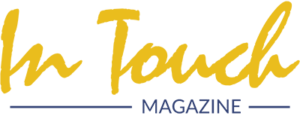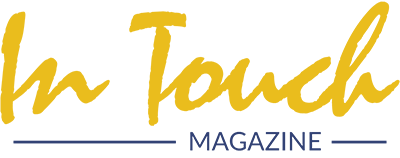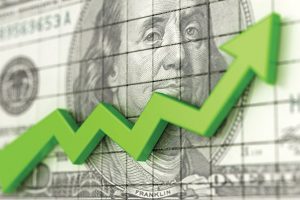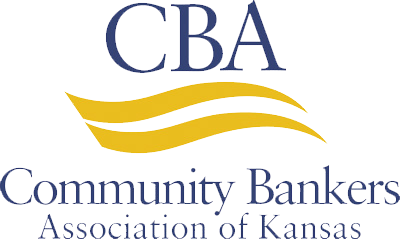By Richard Bratten, FSA, CFA, Regional Managing Director, Bank Compensation Consulting, an Endorsed CBA Provider
2020 has mercifully ended, and I believe that everyone is anxious for some return to normalcy in 2021 as we hope to put Covid-19 in the rearview mirror some time soon. 2020 elections are complete, and as the dust settles on an overall crazy year, community bankers continue to do what they do – work hard to support their communities. With Covid-19 still in play, different parts of the country face a wide variety of landscapes with some states/regions being far more restrictive than others. Some bank lobbies are open, some are closed (again), and it is yet to be seen how the electoral change in the political landscape will affect things going forward. In addition to potentially new approaches to Covid-19, it is likely that tax policy, monetary policy, and fiscal policy will also be impacted in 2021.
It may be hard to recall, but in 2020 the 10 Year Constant Maturity Treasury Rate (daily) started the year at 1.88%. With the growing impact of Covid-19, rates plummeted to 0.54% by March 9. After significant volatility through August when the rate hit a new low of 0.52%, rates began to slowly rise through the rest of 2020, with the current 10 Year Treasury spot yield cresting over 1.00% at the time of this writing (1/7/2021). After spiking back in March, corporate spreads over Treasurys generally trended back down over the course of the year. With PPP and uncertainty in the air, many bank’s found their balance sheets growing and liquidity rising throughout 2020.
In this environment, Bank Owned Life Insurance (BOLI) has continued to be a valuable, rock-steady asset for banks. Many banks with BOLI portfolios added to their holdings in 2020. Some opted to wait and see what 2020 brought, and are now looking to add in 2021. The prospects of higher tax rates make BOLI look that much better as the leverage of tax-deferred/tax-free earnings increases with rising tax rates. For example, a net BOLI yield of 2.50% with a C-corp tax rate of 21% plus state tax rate of 5% means you have a tax equivalent yield (TEY) of 3.38%. Proposals to increase the corporate rate to 28% would mean a TEY of 3.73% on that same BOLI asset. Sub-S shareholders could potentially see an increase in their top marginal rate plus the implementation of Social Security taxes on income over $400,000, increasing the tax leverage impact of BOLI for them as well.
Here is a question that I’ve gotten many times over the 20+ years that I’ve been involved in this market: “If rates are going to go <up/down>, is now a good time to buy BOLI?” My response has always been the same: 1) If you really did have the ability to KNOW that rates are going <up/down>, you would own a large island somewhere without a care in the world, and you wouldn’t be standing here talking to me, LOL! 2) BOLI is not a market-timing decision, it is a structural decision. Let’s unpack what I mean by that.
Insurance companies are in a similar business to banks – the spread management business. They take in money, invest it, and payout returns to their premium-paying “depositors.” The biggest difference they have from banks is that they also charge some mortality costs in order to pay off death claims. Other than that, they are more similar to banks than you might think. Take in money, invest it, and credit interest.
What is this structural decision I mentioned? 1) Insurance companies have far more leeway in where they can invest their money. Banks are highly restricted in where they can invest their money. This structural difference means insurers have access to more asset classes and higher returns. 2) Life insurers have very long investment horizons. Death claims are not expected to be paid, on average, for a very long time. Banks do not have the luxury of investing with a 30-year investment horizon. 3) While an insurer can actively manage a portfolio in a changing rate environment, the bank only sees a credited rate applied to their policy so there are no mark-to-market fluctuations on their BOLI policies. 4) The structural difference in taxation cannot be overstated. Because BOLI is life insurance, it qualifies for beneficial tax treatment – annual earnings are tax-deferred, and when held until the life insurance benefit is paid out, all of those accumulated earnings PLUS an additional death benefit are both completely tax free.
Over the expected life of a BOLI policy interest rates will go up and interest rates will go down. These structural advantages (and there are more than the four I listed) are why banks utilize BOLI to offset ever-increasing increasing, benefit expenses such as health insurance or 401(k) expenses. It is a rock-steady asset that also provides very valuable life insurance coverage for bank officers. The bottom line is that however the interest rate environment changes in the future, the structural advantages of the BOLI asset remain, and that’s something that a majority of banks count on more than ever in uncertain times.










